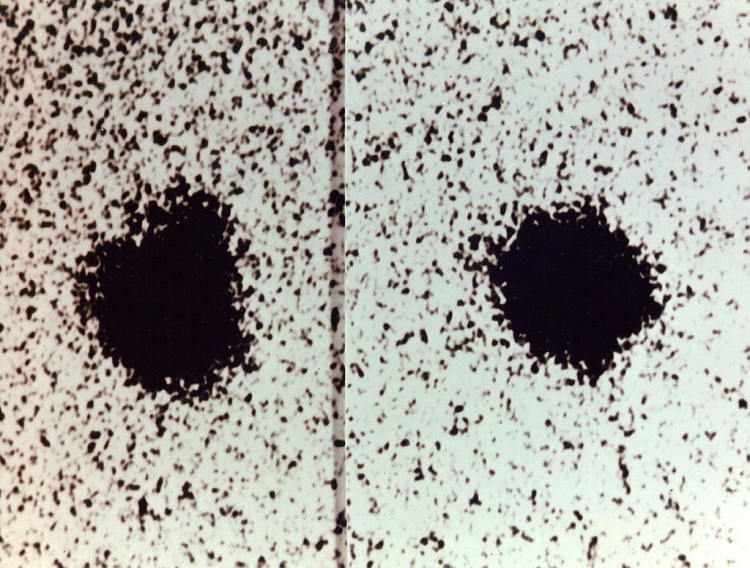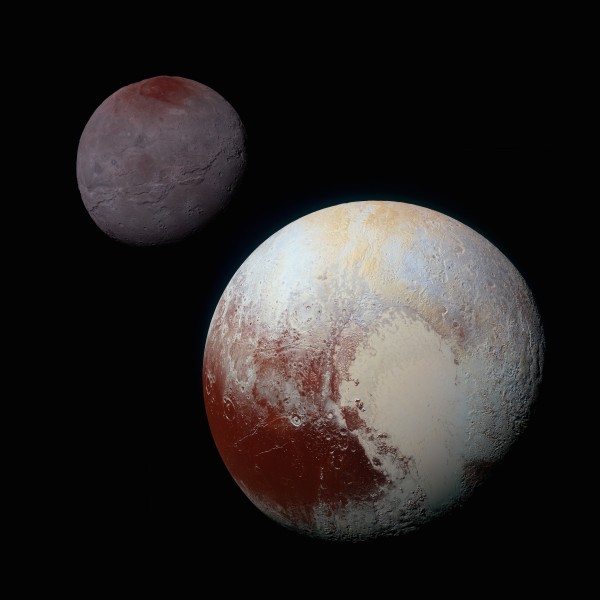Unfortunately, no mass relays were found.
New Horizons has been an amazing success. Not only have we gained the first truly detailed shots of Pluto in the history of mankind, but those pictures have both taught and stupefied our best scientists. All the best scientific discovers spawn hundreds of questions and the New Horizons mission has been no exception. Today, NASA gave us the spacecraft’s first look at Pluto’s moon Charon and it’s amazing.
What’s the background on Charon?
The largest of Pluto’s five moons, Charon was discovered by James Christy in 1978 (only 37 years ago!) at the United States Naval Observator in Washington D.C. In Greek mythology, Charon is the ferryman who transports the dead to the underworld. Although Charon has half the diameter of Pluto, it is the largest staelite relative to its planet in our solar system and was big enough that some argued Charon should be considered a dwarf planet in its own right… or at least consider it and Pluto a binary system. However, as of now the International Astromonical Union states that Charon is presently considered a satellite of Pluto.
What do these pictures tell us about Charon?
Apparently, given the moon’s position near the edge of our solar system it was postulated that it would actually be relatively featureless aside from some meteor impacts due to the fact it was just too far away from any real activity. However, scientists couldn’t have been more wrong:
“High-resolution images of the Pluto-facing hemisphere of Charon, taken by New Horizons as the spacecraft sped through the Pluto system on July 14 and transmitted to Earth on Sept. 21, reveal details of a belt of fractures and canyons just north of the moon’s equator. This great canyon system stretches more than 1,000 miles (1,600 kilometers) across the entire face of Charon and likely around onto Charon’s far side. Four times as long as the Grand Canyon, and twice as deep in places, these faults and canyons indicate a titanic geological upheaval in Charon’s past.”
Any other features worth mentioning?
There are! In addition to these amazing canyons, apparently there are smooth plains in the northern area of the planet that seem younger than the rest of the moon.
How is that possible?
Scientists are postulating that it is due to the new word of the day “cryovolcanism,” which is a kind of cold volcanic activity. According to New Horizons team member Paul Schenk:
“The team is discussing the possibility that an internal water ocean could have frozen long ago, and the resulting volume change could have led to Charon cracking open, allowing water-based lavas to reach the surface at that time.”
Is there anything else we should know?
The actual New Horizons spacecraft is doing just fine. According to the NASA press release, it’s currently 3.1 billion miles from Earth and has yet to transmit even higher resolution images of Charon.






